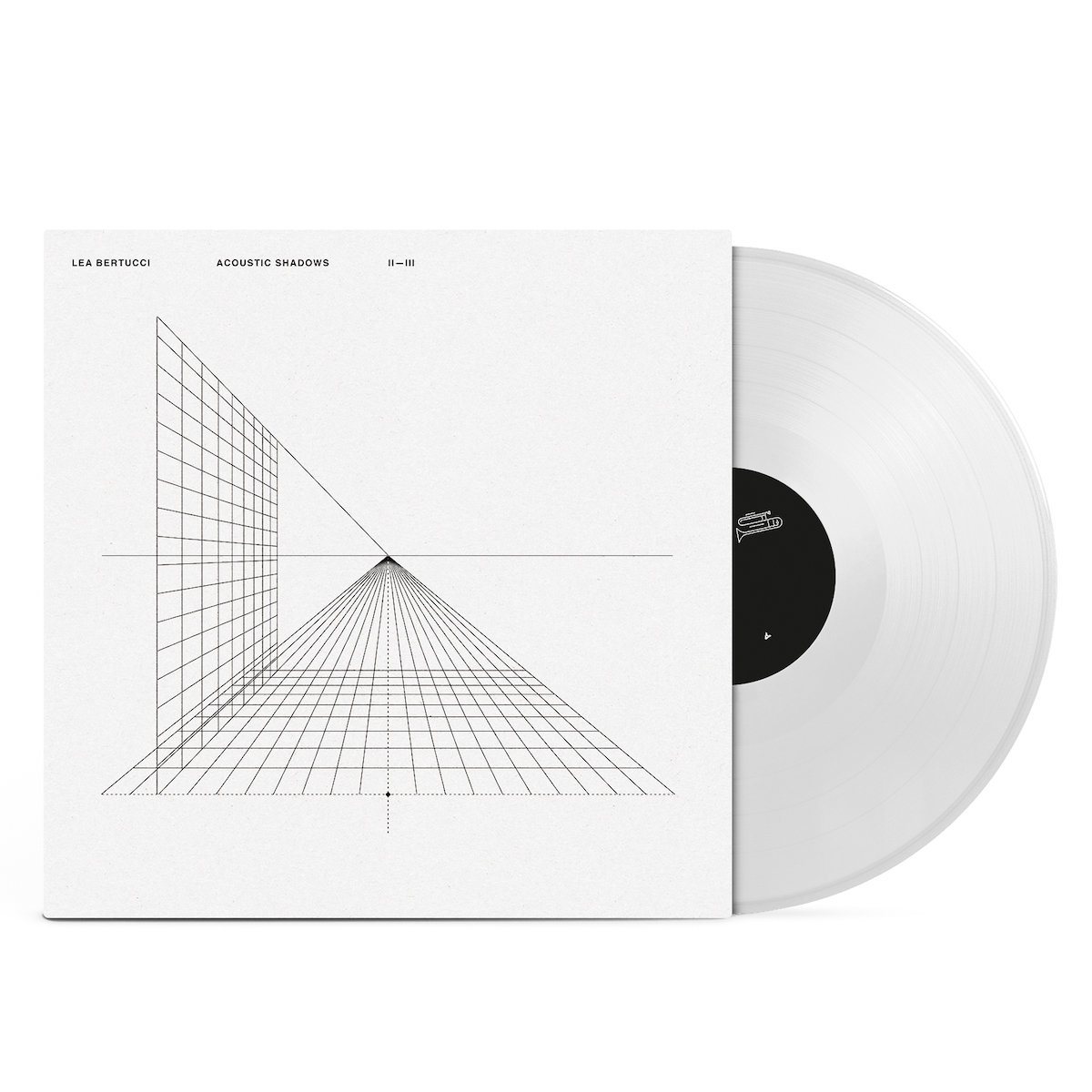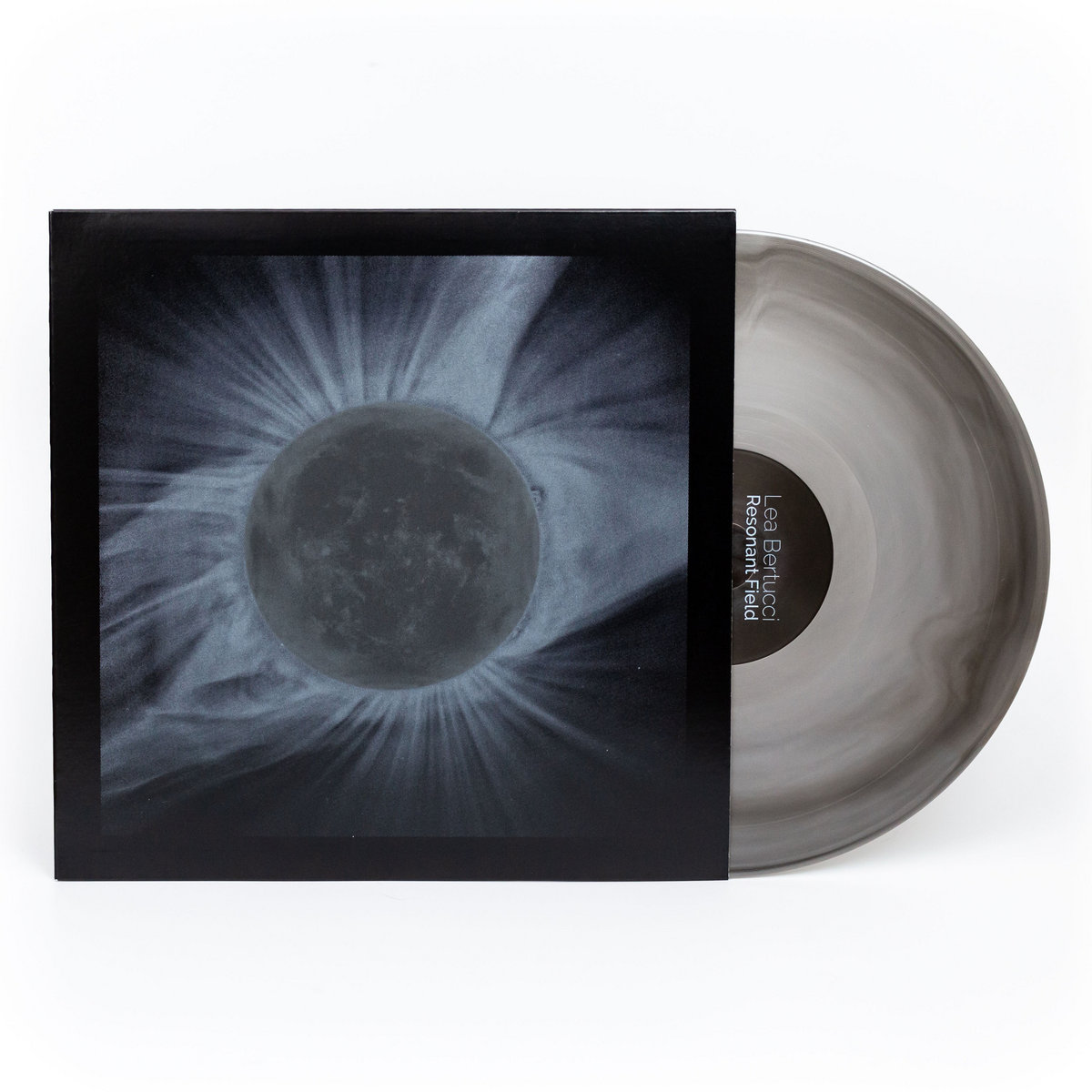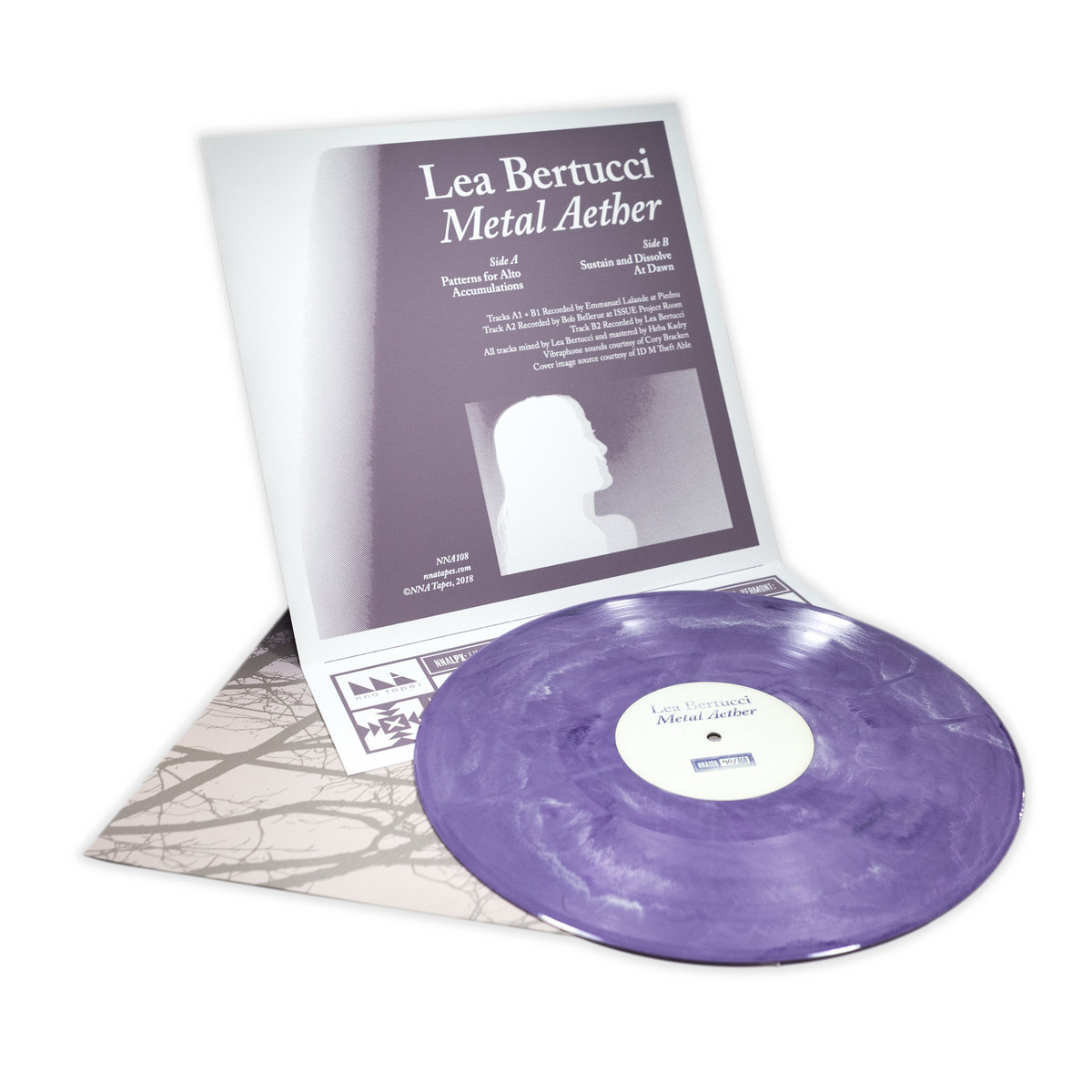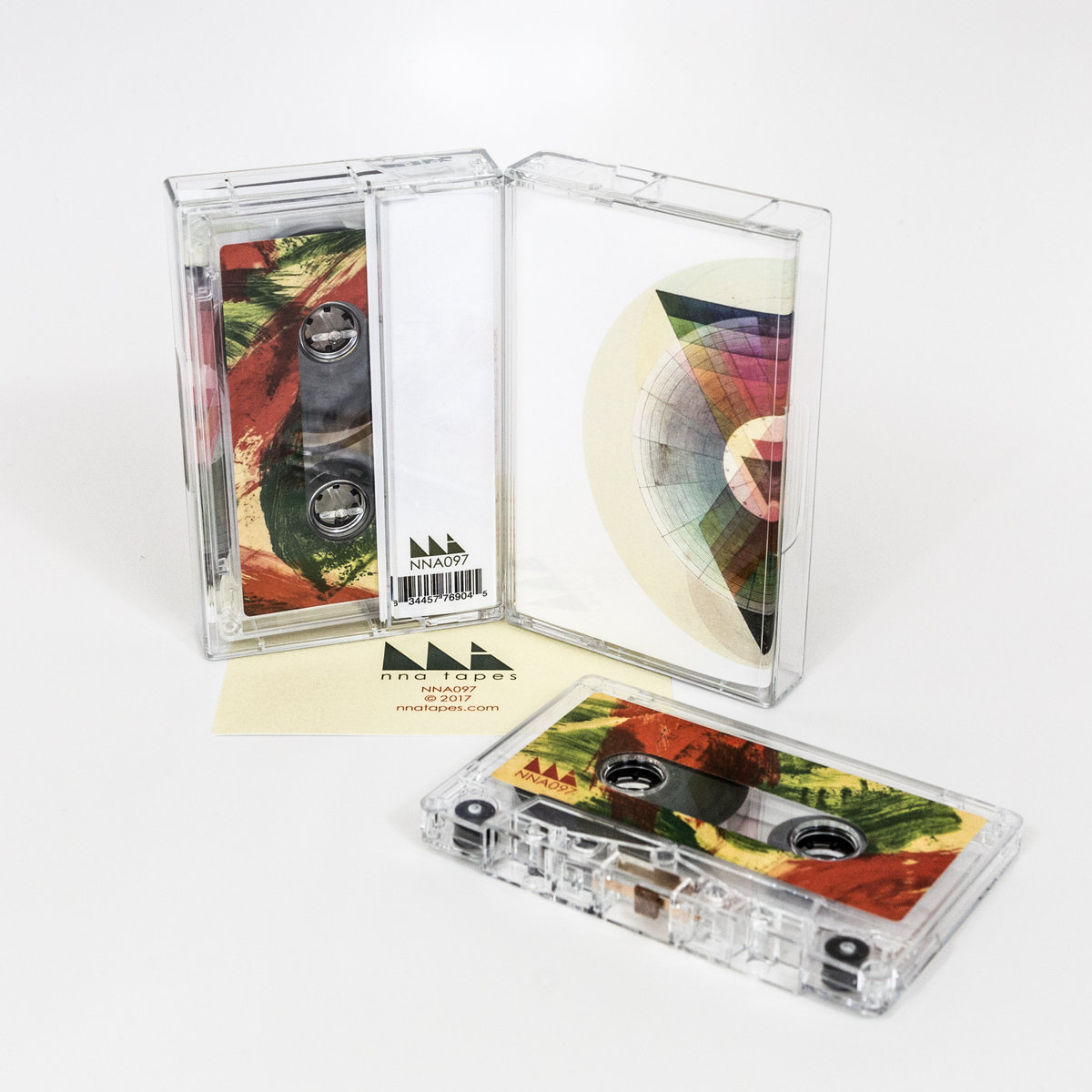Recording Under the Influence is a recurring feature where we ask our favorite musicians what moves them. Today’s post takes a closer look at the alien sound worlds of Lea Bertucci, the New York-based composer responsible for such widescreen LPs as last April’s Acoustic Shadows (SA Recordings) album and the deep alto sax explorations of Resonant Field. Records that reflect not only her wildest ideas, but the environment in which they were actually performed.
“Acoustic Shadows was a series of site-specific musical performances,” explains Bertucci, “and a sound installation that took place in the enclosed hollow body of the Deutzer bridge in Koln, Germany, 2018. Spanning approximately 440 meters across the Rhine river, the extraordinary acoustics and rich existing aural architecture of this site became crucial components of the installation and musical compositions.
She continues, “An eight-channel speaker system distributed throughout the bridge became activated by three instrumental performances that happened throughout the course of a week. Fragments of each performance were captured by microphones installed in the space and then played back through the eight channels after the performance was over in a loop of overlapping moments, creating a sonic accumulation that takes place over long stretches of time – a musical performance with no clear ending.”
Like-minded experimental musicians can now access the album’s raw samples via Spitfire Audio, bringing its boundless percussion and brass pieces to life in a completely different context. Here is a closer look at the films, art exhibitions, and books that have lit the way for Bertucci’s most recent work….
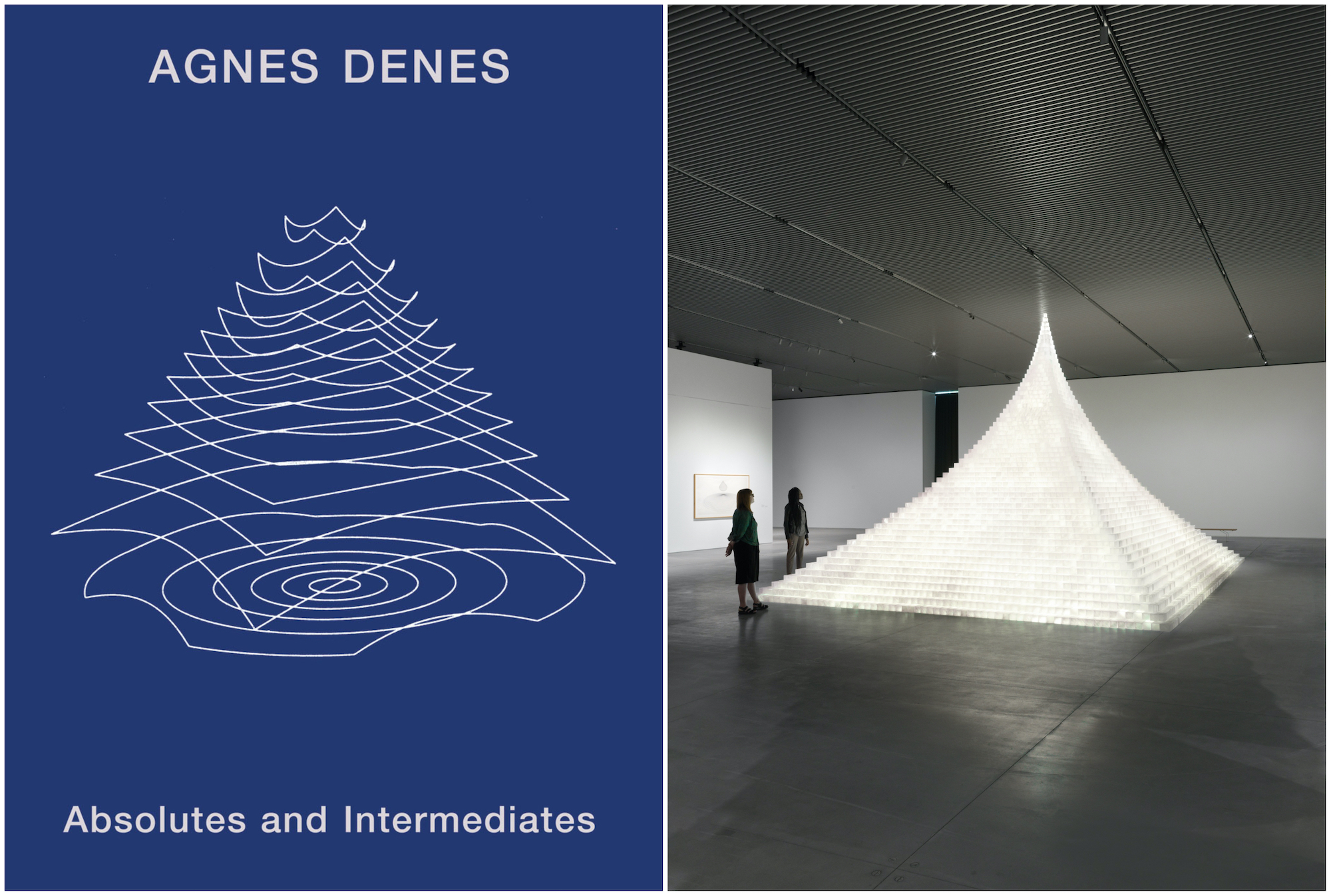
Agnes Denes: Absolutes and Intermediates (The Shed, 2020)
Earlier in 2020, which now seems like a lifetime ago, I saw Denes’ exhibition at The Shed in New York City — a building which I have recurring dreams of artists taking over, building out lofts and creating a post-apocalyptic creative community. I had known her major work Wheatfield (1982), a land art piece in which she planted two acres of wheat on top of the site that was to become Battery Park, with the twin towers framing a stark backdrop.
This amazing project is just one in a body of work of incredible depth and breath, especially Denes’ conceptual drawings. Buckminster Fuller’s influence is apparent through much of Denes’ more utopian inclinations, but her visual language is ultimately all her own.
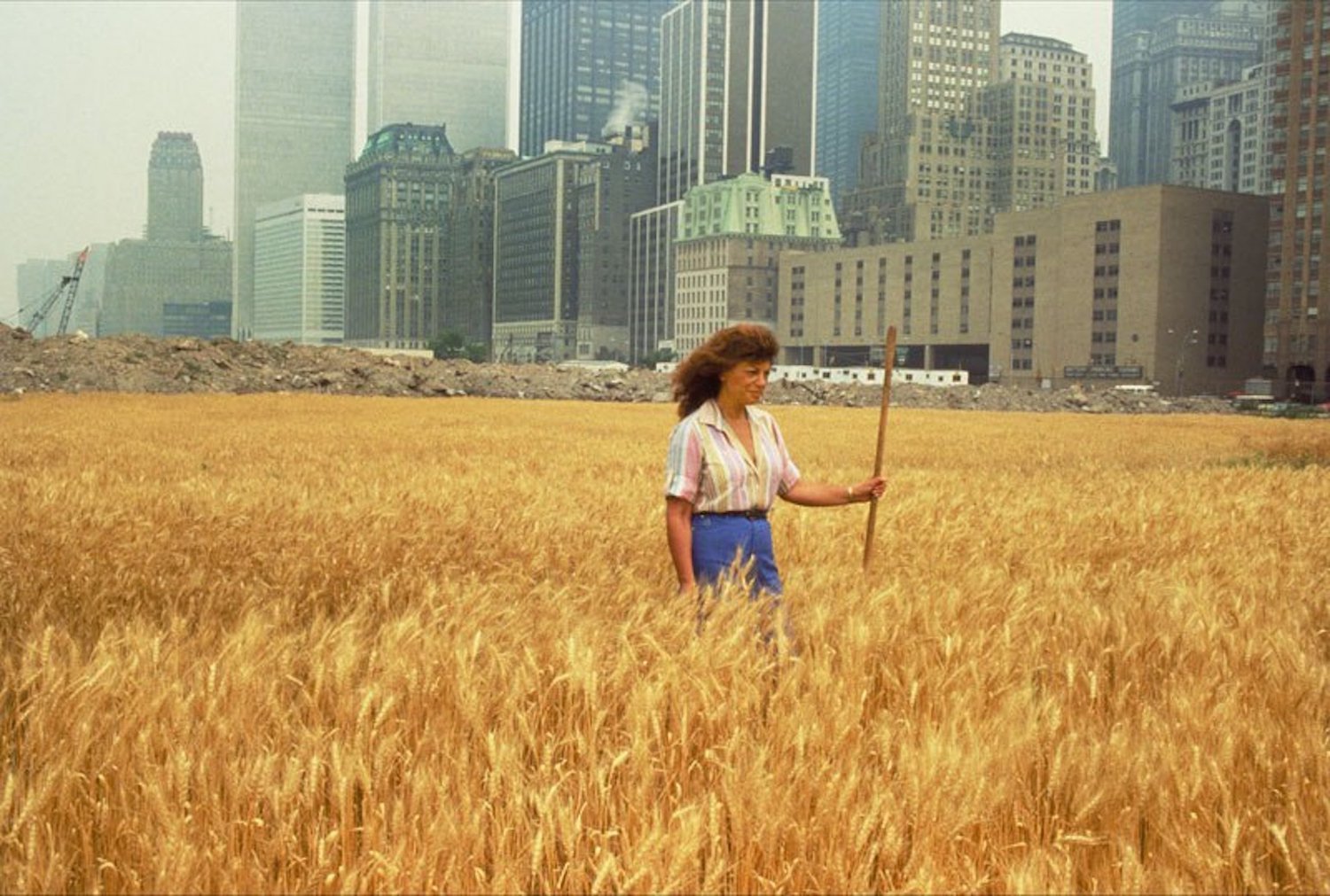
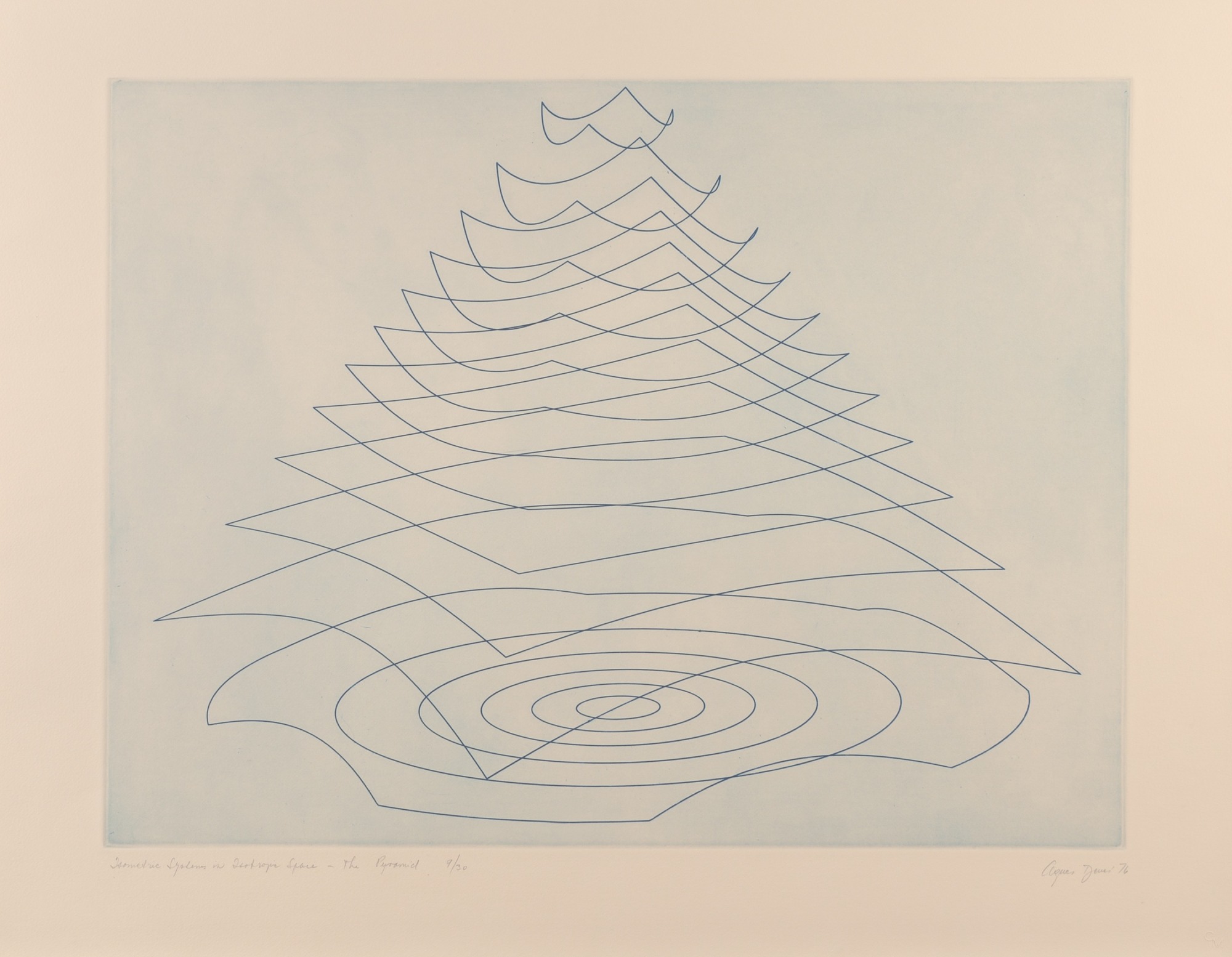
I’m sort of a sucker for manifestos, and Denes’s is no exception.
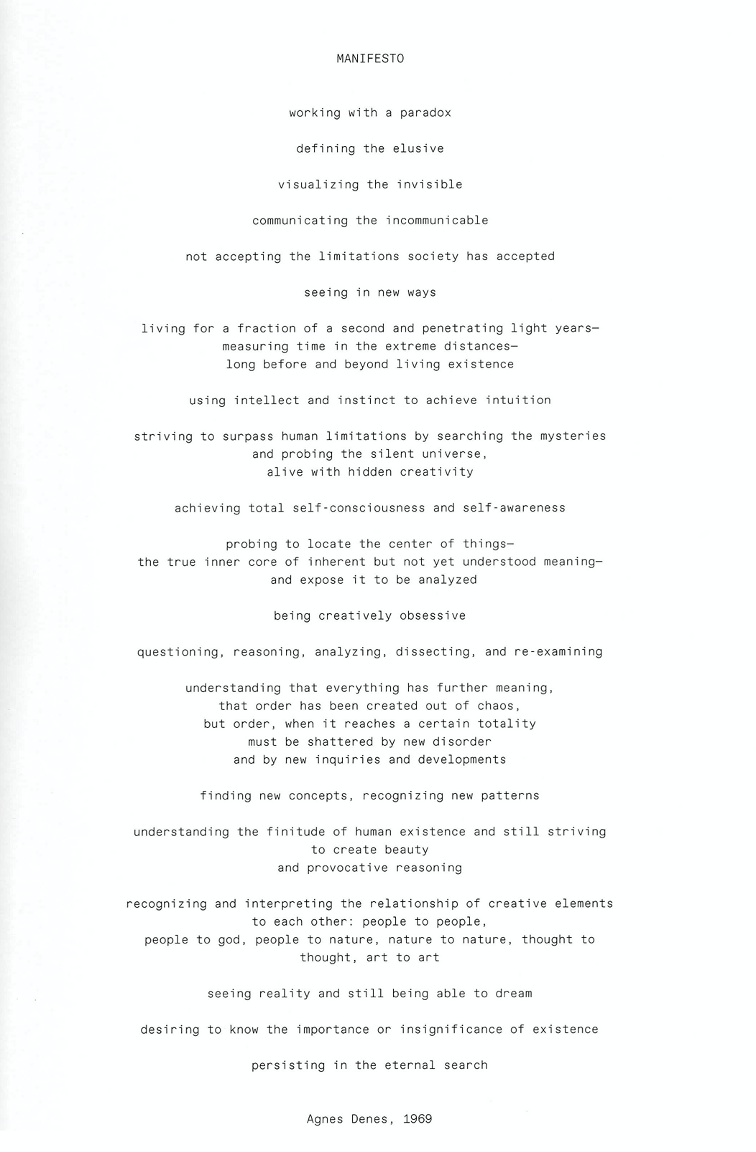
The mysticism that pervades the full breath of her work, even when it contains technical or cerebral imagery, resonates the most with me. In the drawings specifically, technical drawing is utilized but subverted with absurdist jokes and inclinations toward the metaphysical. A vision of radical humanity.
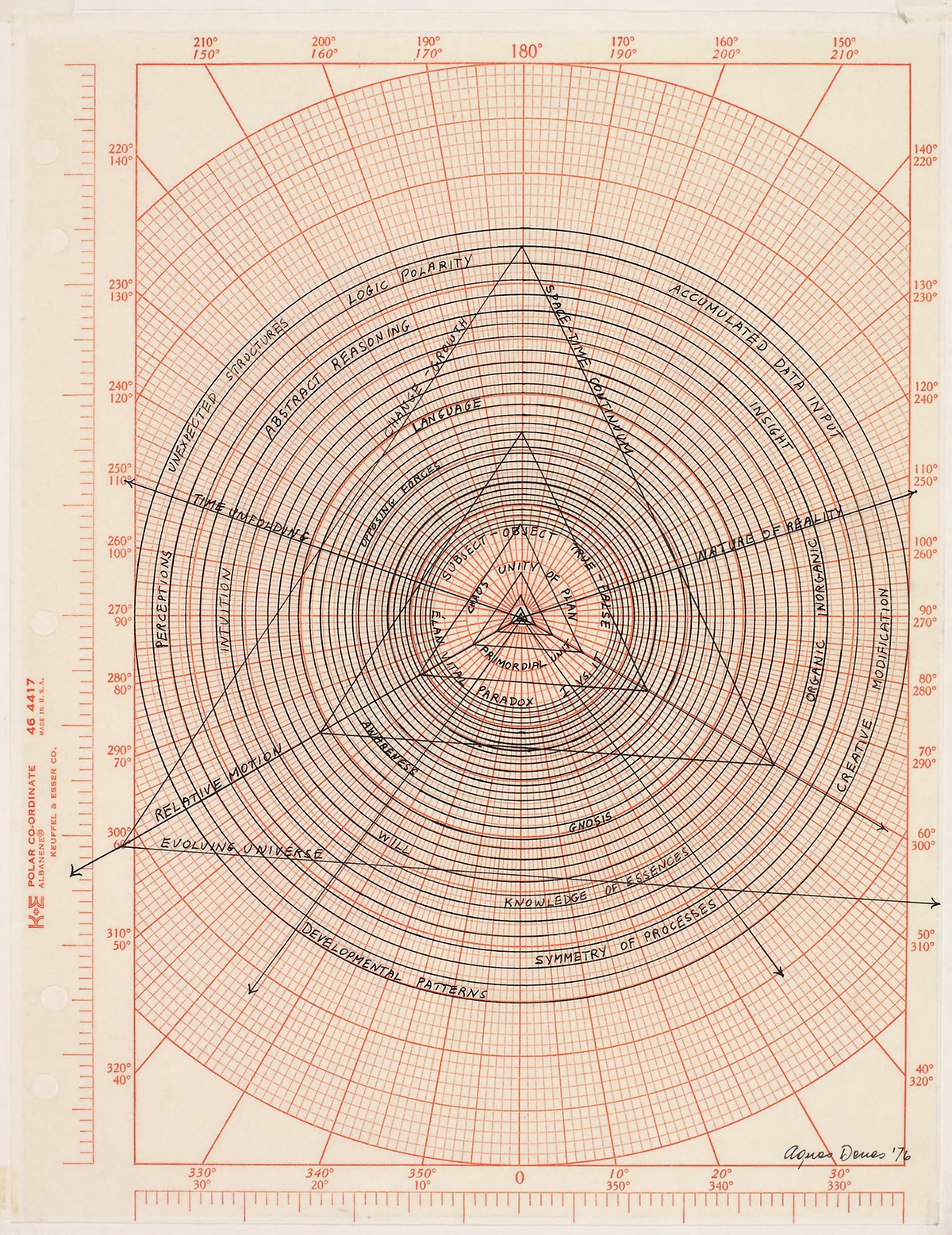
Black Panthers (dir. Agnés Varda, 1970)
I chose this selection for two reasons. First, as an American artist, I owe almost all of my early musical influences to innovations made by African American artists and second, the films of Agnès Varda have always held a special place in my heart. The conceptual underpinnings of free jazz are inextricably linked to the struggle for civil rights. The avant-garde jazz developed in the 1960’s is necessarily an expression of freedom, both musically and philosophically, and is rooted in the revolutionary struggle of African Americans in the US. This unique experience has informed some of the most groundbreaking sounds of the 20th century.
The revolutionary activities organized by the Black Panther Party in the 1960’s have been villianized by both the government and the media through the present day. This extraordinary documentary, beautifully shot by Varda, describes a multifaceted, determined, proud, and beautiful community-building organization who were deemed “radicals” by both the media and the government. The idea that the desire for equality, liberty, self-defense and prosperity for a community systematically denied these things is somehow “radical” is the same struggle we are currently fighting against today in the U.S. Watching this film, it is alarming how all of the concerns voiced by the Panthers are echoed verbatim in the demonstrations today. The lack of progress that we have made since 1970, the year this documentary was made… we must no longer continue to stagnate.
Paul Sharits: Mandala Films (2012)
Color, rhythm, composition, relentless, uncomfortable, a vortex.
Expanding cinema into its constitutive components — the technical essentials of the medium, light, motion, color. Abstraction through repetition. Diffraction patterns.
The color flicker; relationship to microtonality; creating harmonic relationships between colors through rapid repetition on the screen; frames alternating at a psychotropic pace.
Dematerialization of images through color flicker and inversion.
“Art is allowing us to allowing us some frame of reference with which we can deal with the chaos and uncertainties of reality without becoming unnerved.”
– Paul Sharits
Anna Lowenhaupt-Tsing, The Mushroom at the End of the World: On the Possibility of Life in Capitalist Ruins (Princeton University Press, 2015)
The Mushroom at the End of the World looks at the possibility of trans-species collaborative survival as epitomized in the biology and economics of the matsutake mushroom. An analysis of the hiccups of the Anthropocene, the book observes communities of the human, plant, and animal varieties from a mycological perspective, illuminating ideas of post-capitalist economics. The Mushroom at the End of the World brings to mind the work of Terrence McKenna, Donna Haraway, and Ursula K. Le Guin in its refashioning of social and biological paradigms.

A cut-up poem from the Audubon Society’s Field Guide to North American Mushrooms:
Velvety Earth Tongue
Flesh brittle, white, roughened and fragile.
Mostly smooth, but darker below
similar to other dark earth tongues
appears to glow in shallow pools
with flared margin
Stalked club with convoluted head
wide and high,
convex,
rumpled
taste slowly bitter,
on soil under hemlock and pine.
Flesh dark, purplish-brown, fibrous, carbonlike,
with darker concentric zones
like Dead Man’s Fingers
Woodear
Flesh solid, becoming hollow…
tacky when wet
Whitish, staining pinkish
Destroying Angel
membranous, persistent
flat with central swelling.
Dirty Milky
flesh white to pink,
staining red when first cut.
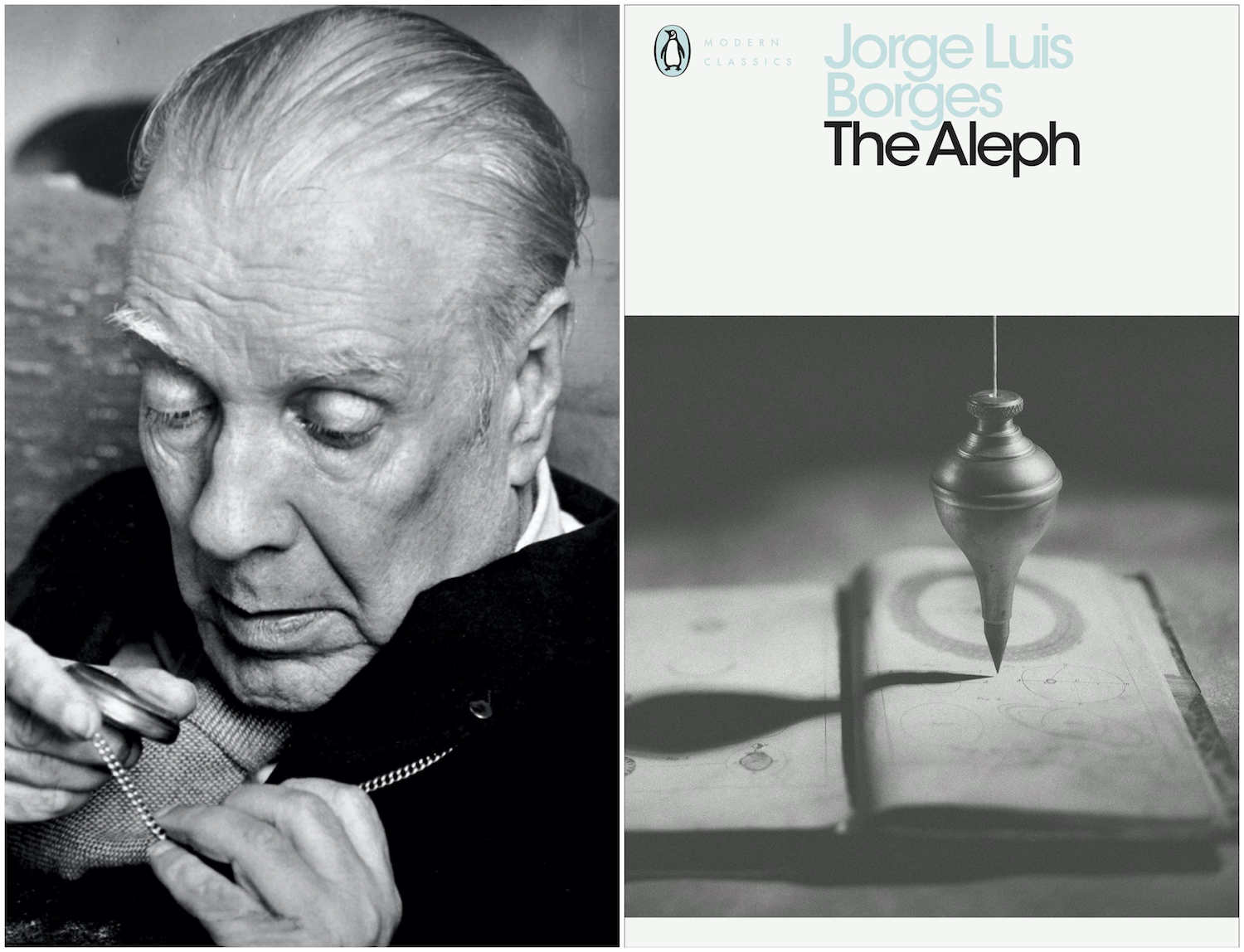
Jorge Luis Borges, “The Aleph” (1945)
This short story is a surrealist description of a spacio-temporal aberration, as viewed by the narrator while lying on his back in a cellar. The simultaneous collapse of all existence into a single point in space and expansion of reality the narrator undergoes is a fascinating inter-dimensional gesture.
“On the back part of the step, toward the right, I saw a small iridescent sphere of almost unbearable brilliance. At first I thought it was revolving; then I realized that this movement was an illusion created by the dizzying world it bounded. The Aleph’s diameter was probably little more than an inch, but all space was there, actual and undiminished. Each thing (a mirror’s face, let us say) was infinite things, since I distinctly saw it from every angle of the universe.”
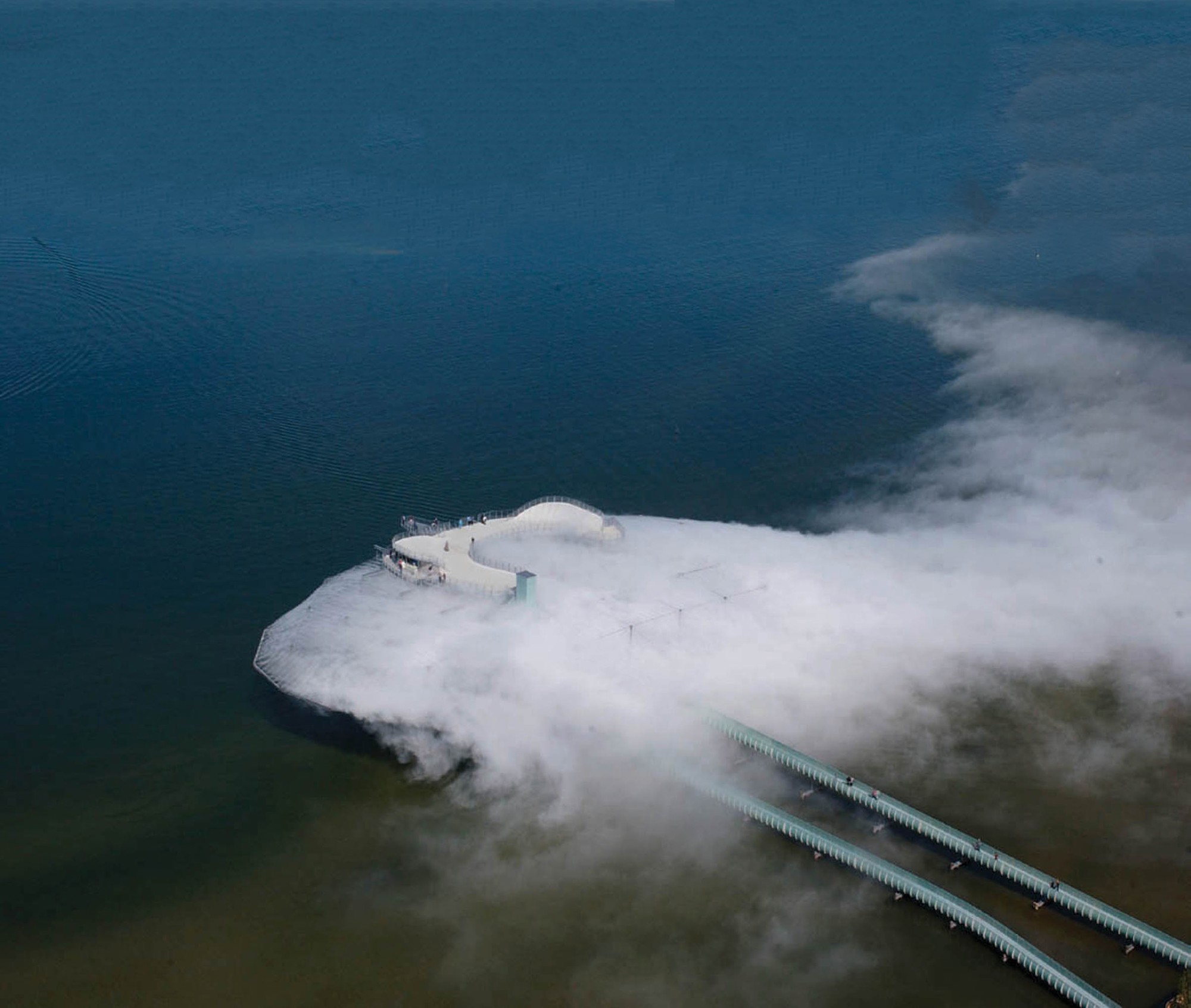
Diller Scofidio + Renfro, The Blur Building (Swiss Expo, 2002)
On foggy days in New York, when walking through downtown, tall buildings have a way of fading into low-flung clouds, rendering the tops of the buildings invisible. A tower with no end. The Blur Building dematerializes the hard surfaces of architecture into a constantly moving mass of vapor. Perched on Lake Neuchâtel, the building is equipped with a pumping system to siphon water from the lake into the 35,000 nozzles attached to the building’s façade, the resulting mist forming an ever-changing cloud.
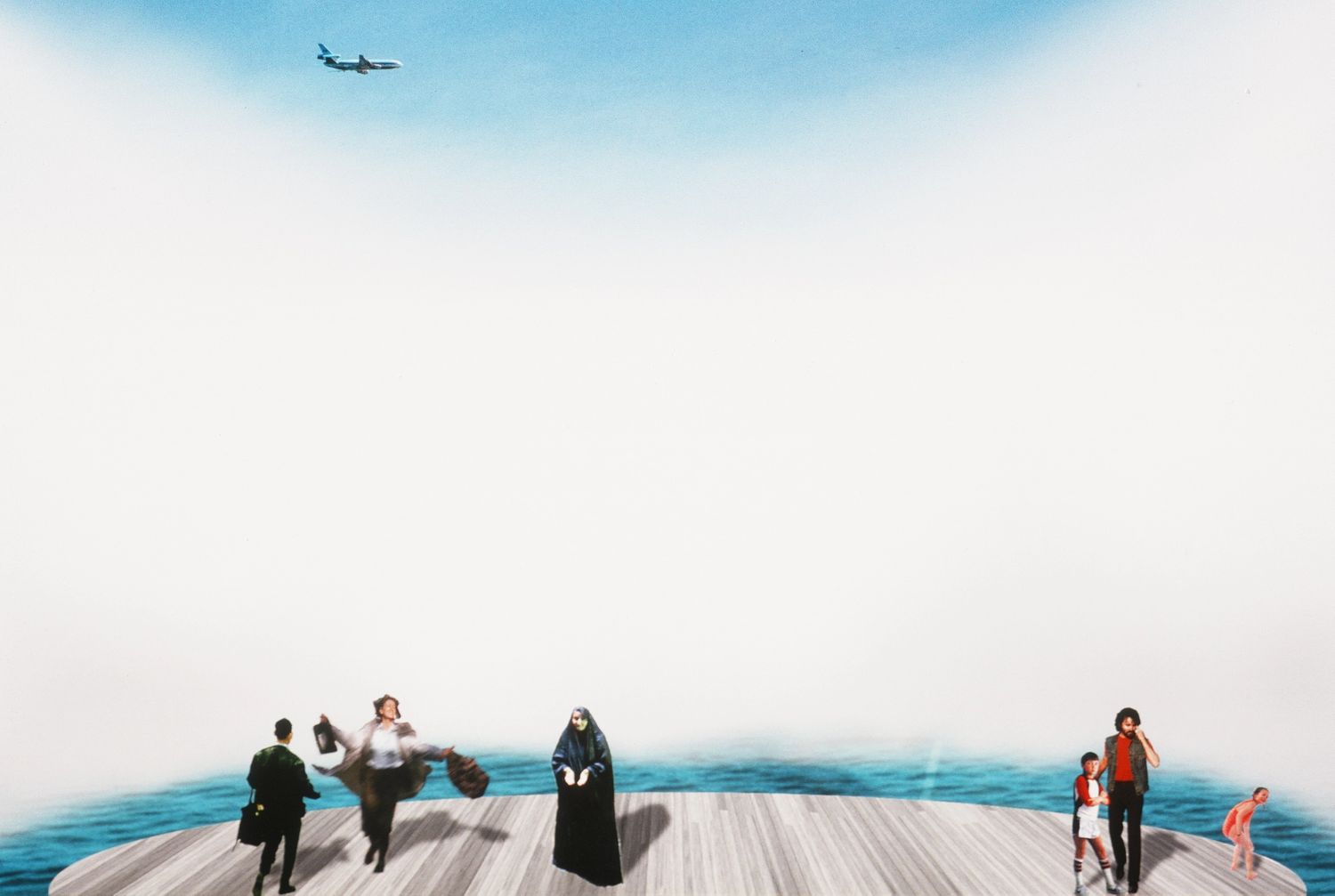
FURTHER LISTENING
